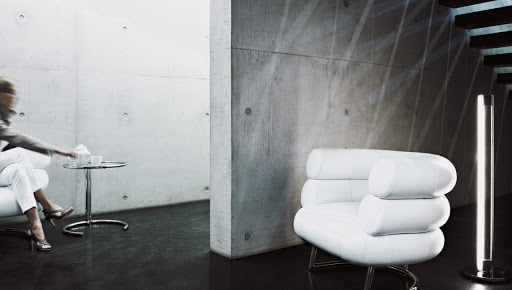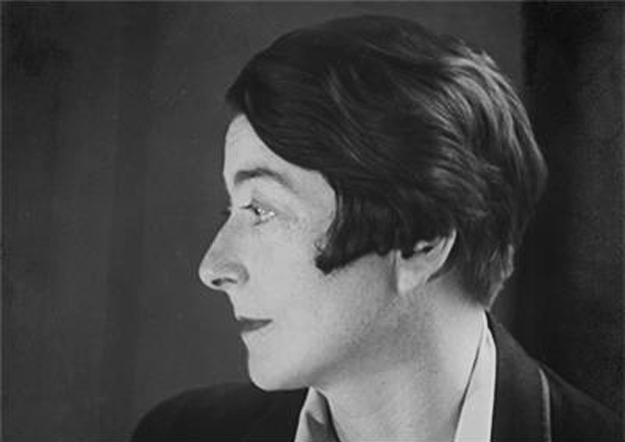While women’s contributions to architecture are celebrated more than ever in modern times, these contributions have always been part of the architectural world — historically, they were just overlooked. As part of our women in architecture series, today we’re spotlighting another strong female figure in Modernism: Eileen Gray.
Eileen Gray was born into a wealthy aristocratic family in Ireland in 1878. Her father, a landscape painter, encouraged Gray’s artistic pursuits so that in 1900, Gray left for Slade School in London to study fine arts in a bohemian, co-ed program that was quite unusual for the time.
From connections made at Slade, Gray learned to lacquer furniture, eventually opening a studio in 1910 with Japanese craftsman Seizo Sugawara. In fact, Gray was so committed to the trade that she suffered from the so-called lacquer disease — a painful hand rash. Her hard work paid off, however, as she and Sugawara produced commissions for Paris’s wealthy elite.

Gray’s time lacquering was cut short by World War I. However, after a brief stint driving ambulances during that period, she dove back into the world of interior design. Her most notable project included the Rue de Lota apartment and showcased some of Gray’s most iconic furniture designs, such as the Bibendum Chair (which parodied the shape of the Michelin Man) and the Pirogue Day Bed. Gray’s success led her to open her own shop in 1922, attracting high-caliber clients like Ezra Pound. During that time, she honed her style to become more streamlined and industrial, taking after Modernist inspirations like Le Corbusier.

With the support of her romantic partner, architect Jean Badovici, Gray pursued architecture. And despite not having a formal education in the trade, through apprenticeship and field learning, Gray flourished. Gray’s most notable architectural project was E-1027, a cuboid structure. When Gray finished E-1027, Badovici announced the home in his magazine and claimed himself joint architect. Of the nine architectural projects she completed in her lifetime, Badovici took credit for four of them.The home attracted Le Corbusier, who stayed often and later disrespected Gray’s wishes that the home remain without decor when Corbusier painted Cubist murals of naked women on its walls. Critic Rowan Moore commented on the move by Corbusier in 2013, calling it an “act of naked phallocracy” by a man asserting “his dominion, like a urinating dog, over the territory.”
In spite of the disrespect she faced from her male counterparts, Gray stands evermore steadfast as an influential figure in Modernist history.
Stay tuned for more features on women in architecture.

